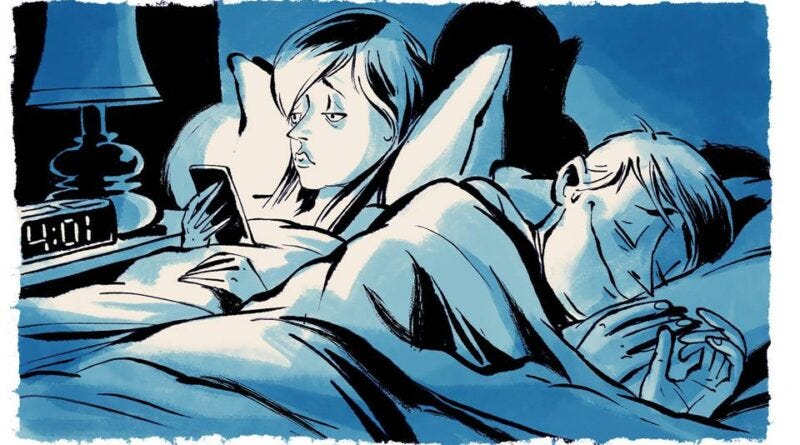How to Overcome Insomnia
Insomnia meaning: insomnia means a common sleep disorder that can make it hard to fall asleep, hard to stay asleep or cause you to wake up too early and not be able to get back to sleep.
[Please note that this page contains affiliate links. If you choose to purchase after clicking a link, I may receive a commission at no extra cost to you.]
Insomnia meaning: insomnia means a common sleep disorder that can make it hard to fall asleep, hard to stay asleep or cause you to wake up too early and not be able to get back to sleep.
Insomnia symptoms consist of difficulty falling and staying asleep, waking up too early and not falling back asleep, not feeling rested after sleeping, anxiety, depression, irritability, hard time focusing, fatigue throughout the day, and continued worries about not sleeping.
Techniques for a Better Sleep:
Breathe Stress Out, Breathe Relaxation In:
Make sure you are comfortably seated, with your legs crossed and your back straight.
Rest your left hand on your left thigh or knee, with your palm facing up.
Bring your right hand towards your face. Press the index and middle fingers of your right hand against the palm. Then, hold the ring finger, pinky, and thumb straight up.
With the thumb of your right hand, close the right nostril. Then, slowly and gently inhale through your left nostril.
At the inhale peak, release the thumb and close the left nostril with the right-hand ring finger. Next, exhale through the right nostril.
Repeat steps 4 and 5 two more times.
Next, repeat the same procedure on the left side of the body. The right hand now rests on the right knee, palm facing upward. Next, bring the left hand up towards the face. The index and middle fingers of the left hand are pressed against the left palm. Ring finger, pinkie, and thumb are straight up.
With the left thumb, close the left nostril. Then, inhale through the right nostril.
At the top of the inhale, release the thumb and use the left ring finger to close the right nostril. Next, exhale through the left nostril.
Repeat steps 8 and 9 two more times.
Now rest the left hand on the left knee and the right hand on the right knee, palms upwards.
Inhale slowly and gently through both nostrils. Then exhale through them, again slowly and gently. Repeat this two more times.
Head-to-Toe Relaxation:
*Note this one works exceptionally well when you wake up in the middle of the night and can't fall back asleep, or have bad insomnia.
Again, start from the bottom up.
Toes—Focus on each toe individually. Feel free to wiggle them, noting how different they feel when in motion compared to still.
Relax the toes on one foot and then move the toes on the other foot.
You can go back and forth with this as you slowly make your way up to your legs.
Soles of the feet
Ankles
Calves
Thighs
Focus on parts of the body that feel tense, tight, and or in pain. Then, flex that muscle and release it. Let out a good sigh upon terminating. Having thoroughly examined your lower extremities, move onto:
Hips
Glutes
Abdomen
Torso
Back
Shoulders
Pay incredibly close attention to the shoulders, as that is where the part of the body likes to hold a lot of tension. Then, having relaxed your shoulders, it's time to move progressively down arms—first one, and then the other, including:
Bicep
Forearm
Wrist
Hand
Fingers
Once both hands and arms are relaxed, move onto other areas of the body that also tends to hold a lot of tension:
Neck
Jaw
Tongue
Cheeks
Eyelids/Eye Sockets
Forehead
Scalp
Still awake? Now try reversing the processes, relaxing from the scalp to the toes. Take a few nights to internalize and get used to this practice.




